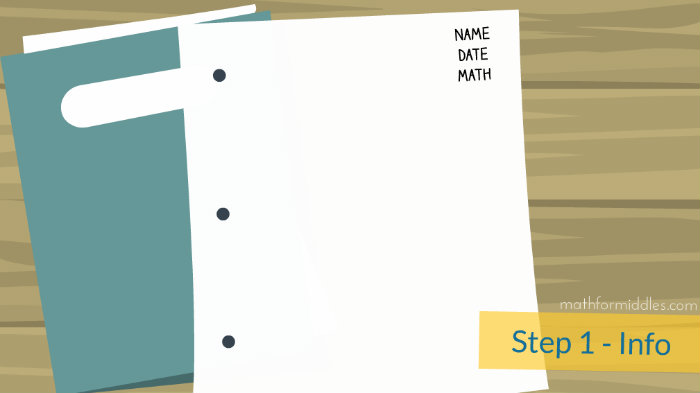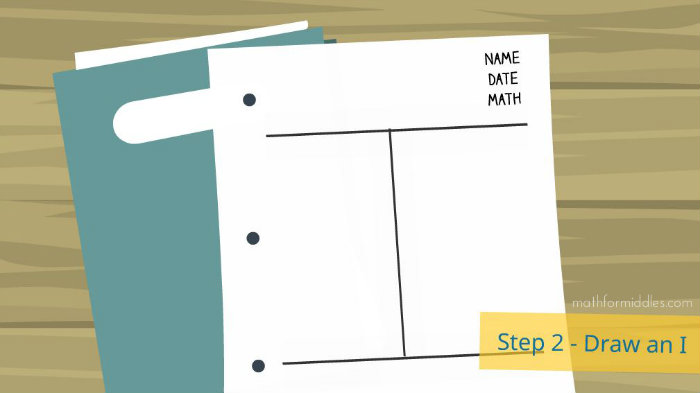.com.As I rocked back and forth in my office chair, I listened intently to my 12 year old bragging to me that he got an 82 on his latest test in World Civilizations without even studying. I couldn’t help but scream inside of my head. But no. I kept my boxtox brow in tact.
“Son,” I started to say “imagine what the results would have been if you had studied.” That’s when my mind started to wander as I thought about the typical feelings inside of my teenager’s head. Lane Meyer (John Cusack) in Better Off Dead comes to mind.
He finds himself in geometry class listening to his teacher drone on in nonsensical math, but yet he is treated like a celebrity as students hang on his every word. Lane pulls out his homework sheepishly and scans the room to find his classmates being overly prepared. Looking down at the sheet, he finds in horror that the note contains gum and large letters that say, “Do Homework”. He mutters out, “oops”. Just like Lane, our teens (and especially my son) get distracted or don’t even know where, to begin with notes.
While I believe that notes should be an individual experience, I also know that many students just don’t know where to begin, nor do they see the benefit. I’m sure you are noticing a trend in the math classroom towards no textbooks. As a parent that grew up using textbooks, this is tremendously frustrating. Add to that the common core way of doing math and you’ve got a real mess on your hands.
Taking math notes the right way will help the information being shared during class become more brain sticky. When you listen to new information, apply your own processing to it, and then write it down–you’re creating connections inside of the brain. Our brains are wired to try to make sense of things. Taking the time to write and draw examples makes things more sticky.
The other important concept that needs attention around notes is to actually open them up and read them at home. When your child plops down in her chair to tackle homework, have her pull out her notes. This becomes her pseudo textbook for class.
Teach your child how to take notes explicitly by following this sequence of steps:
1 – Grab Basic Info
She’s got to get in the habit of always writing down her name, date, and subject in the upper right-hand corner. This helps her to keep track of notes if they get lost or out of order in a messy binder. Why is that so hard for kids? I don’t have a really good answer, but it just is! My son forgets all the time.
2 – Draw a Giant Capital “I” on the Paper
Drawing a capital I on the paper allows us to organize our thoughts into four areas: topic, steps, examples, and questions. When the paper has clearly defined areas, the brain will jump right into categorize mode as it tries to make sense of what she is hearing.
3 – Label Areas
At the top of the page (above the I), write the topic that you’re working on. Below the first line inside of the I on the left side, label it “steps”. On the other side of the line and to the right, label it “examples”. At the bottom of the page and underneath the “i” label it “questions”.
4 – Gather Information
Select a problem from a recent homework assignment. Write the problem on the example side of the paper. As you work on solving the problem with your child, pause at the end to review what steps you took. Ask your child, “What was the first thing we did when we started working on this problem”. Have your child write each step on the left side of the paper.
On the right side, she needs to write down examples of the steps in action. This will help her refresh her memory of what each step means on the left side of the paper.
5 – Questions
While you are working, you will definitely run into moments where both of you are stuck on a problem. This happens a lot when you run up against a common core math problem. Do your best to figure it out, but make sure to have your child write down the question pertaining to the problem. Encourage her to go in to ask for help. Having it written down in their notes will help take the anxiety level down a notch when she approaches her teacher.
Taking brain sticky math notes will become the lifeline at homework time in your home. But remember, parenting is tough! Even though I have taught the steps, nothing goes smoothly in our home. My son is bright, but he doesn’t see the point in taking notes (it’s a battle). He knows as a minimum he should “do homework” but usually he gets as far as Lane most days. As his mother, I find that I get tired of reminding him and distracted too, oops!
We offer all online multisensory math services that could also be a better option for your teen. You can learn more about our services here: madeformath.com/services


